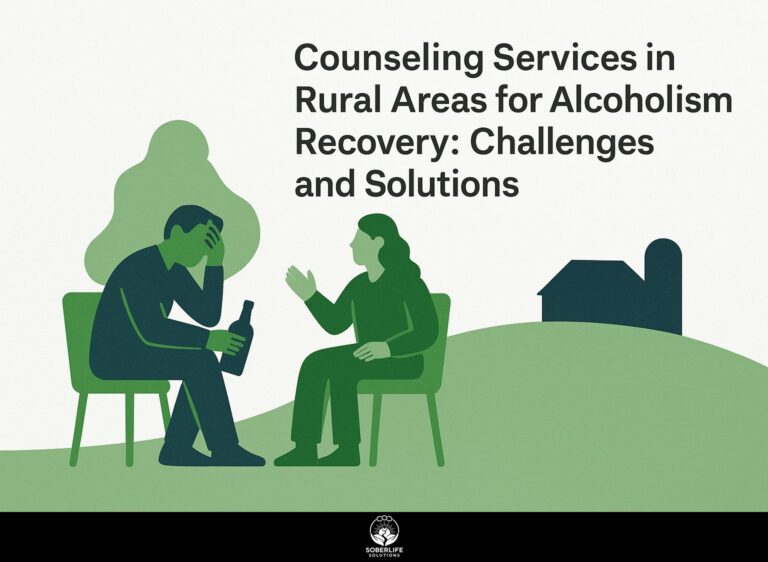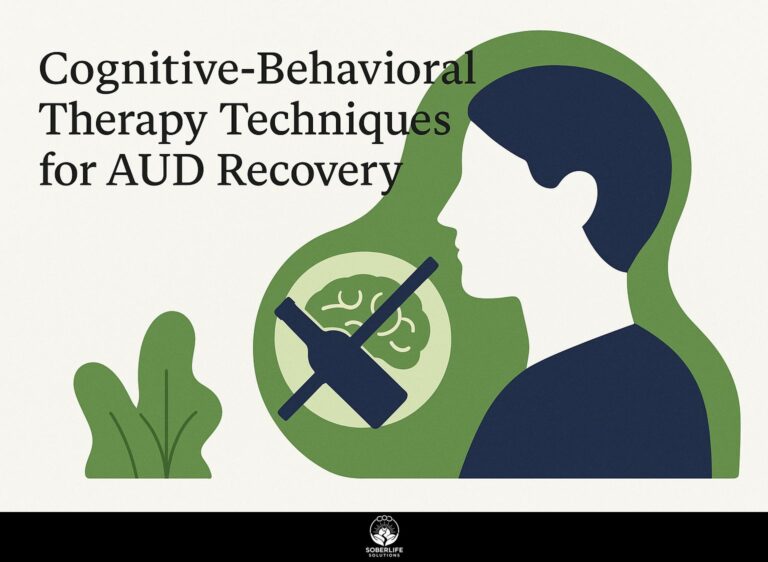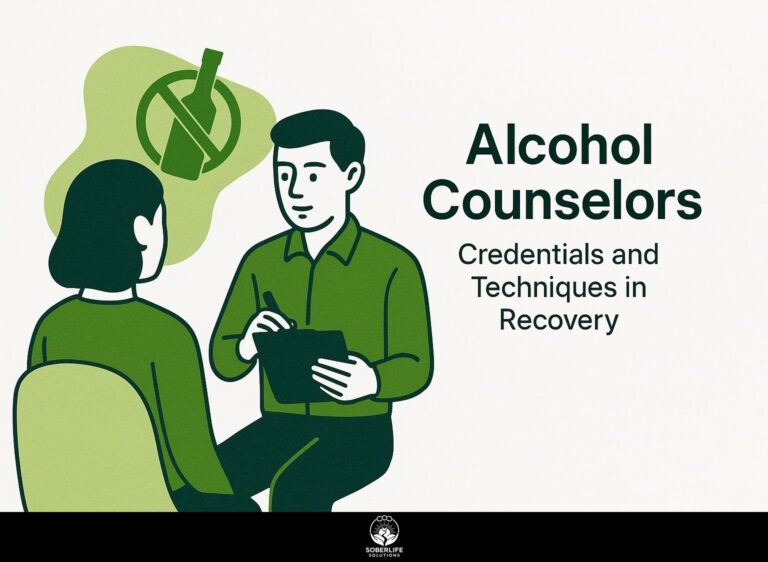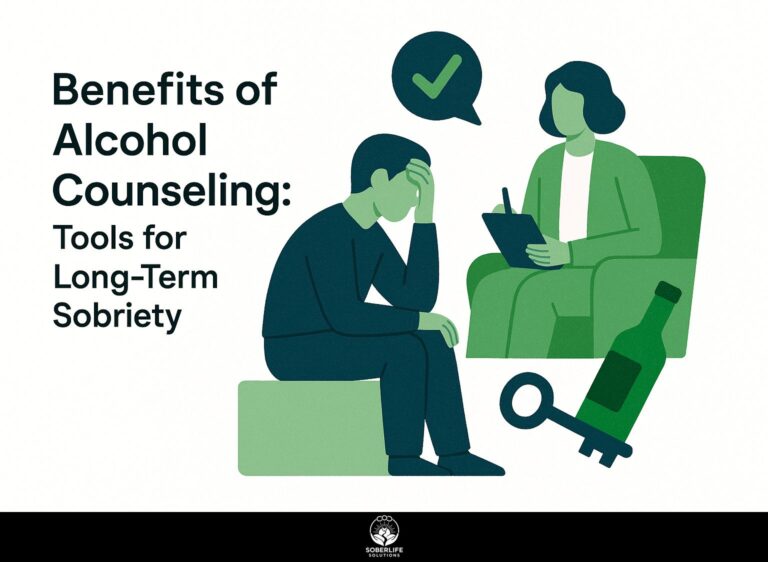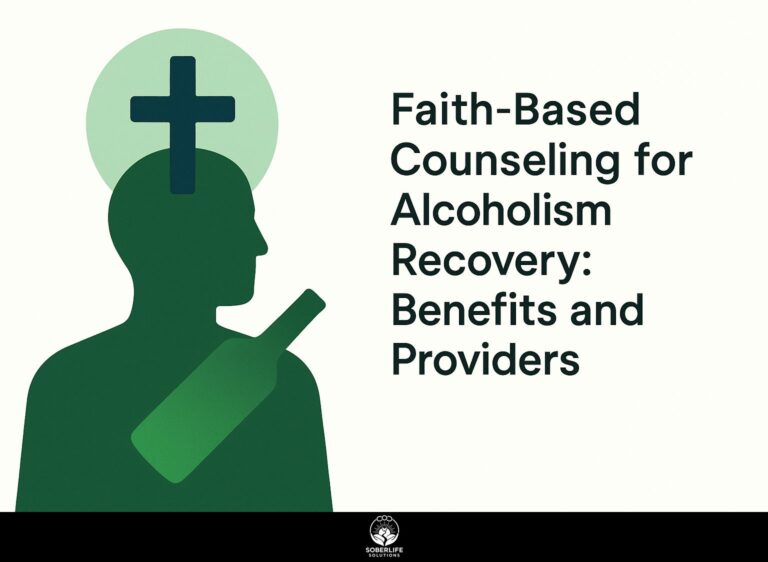Contingency Management for Veterans with Substance Use Disorder
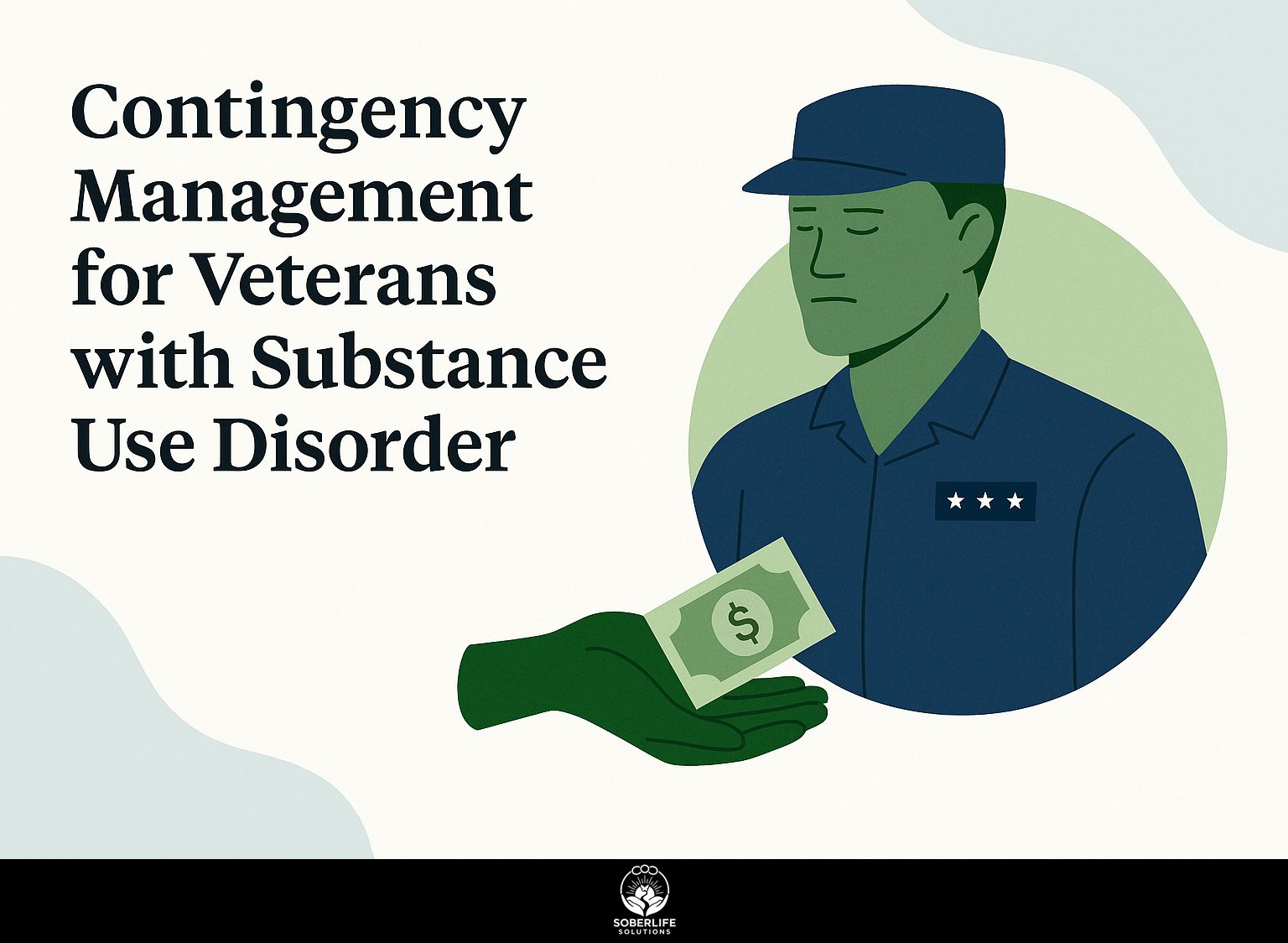
Contingency management provides a hopeful method for veterans dealing with substance use problems. To improve the health of veterans, the U.S. Veterans Health Administration uses a plan based on research. This plan uses positive feedback to help veterans stay sober. By learning its principles and practical uses, we can find new ways to help and support our heroes on their road to recovery. Read this article to learn how contingency management can change treatment methods for veterans dealing with substance use issues.
Key Takeaways:
Definition and Purpose
Contingency management is a structured method for modifying behavior by giving real incentives for good behavior, which encourages participation in treatment programs.
This method has worked well in different settings, like substance abuse treatment.
For instance, clinics may offer vouchers redeemable for goods or services in exchange for maintaining sobriety over a set period. Programs can use resources like SMART Recovery to track progress and gains.
A study by the National Institute on Drug Abuse highlights that participants rewarded for drug-free urine tests were more likely to continue engaging in treatment. By focusing on personal needs with rewards, providers can greatly improve how long patients stay and follow treatment plans, as supported by research published in JAMA Psychiatry.
Importance for Veterans
For veterans, CM has become increasingly essential, especially given the high prevalence of substance use disorders and the unique challenges faced in reintegrating into civilian life.
Research indicates that approximately 20% of veterans who served in Iraq or Afghanistan struggle with substance use issues. Implementing contingency management (CM) can lead to significant improvements, as highlighted in a comprehensive review by Tandfonline.
For example, veterans enrolled in CM programs show a 30% higher treatment attendance rate compared to traditional methods. This approach incentivizes drug-free urine tests with rewards, promoting engagement and accountability.
Including helpful services like counseling and peer support can improve results, reduce relapse rates, and increase overall health. Successful implementations often involve partnerships with local healthcare providers to strengthen community support.
Substance Use Disorder (SUD) Explained
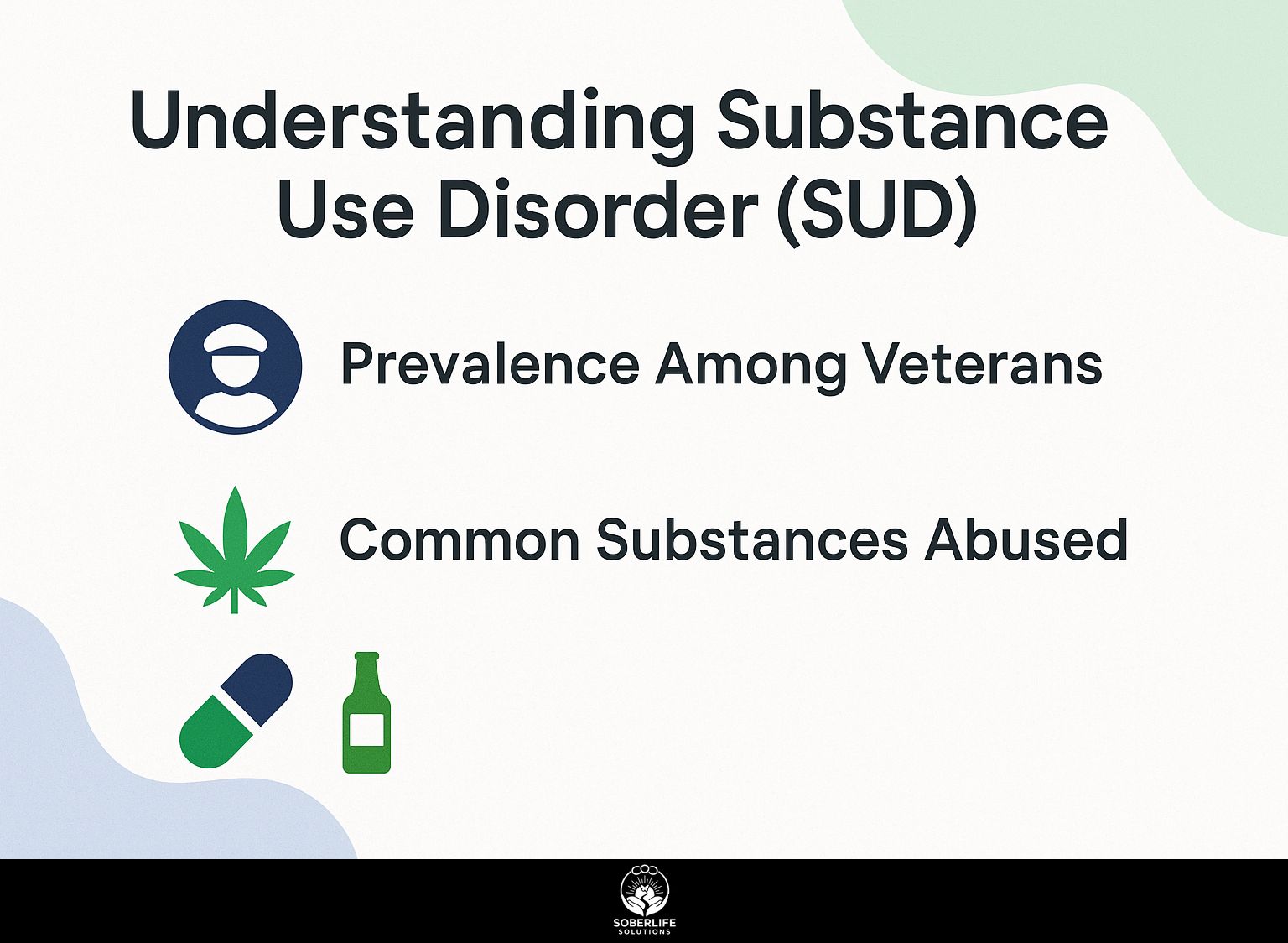
Substance use disorder (SUD) greatly affects veterans, with rates often higher than in the general population, requiring effective treatments like CM. Understanding how to integrate quality of life measures in these treatments can be crucial. Learn more about integrating QoL measures in substance use treatment to enhance treatment outcomes.
Prevalence Among Veterans
Recent studies show that about 20% of veterans receiving care in VA centers have substance use disorders, highlighting the urgent need for customized treatments.
Factors influencing SUD prevalence among veterans include age, with younger veterans (ages 18-34) showing higher rates compared to older demographics.
Combat exposure significantly contributes to substance use challenges, especially among those with PTSD.
Recent research highlights the efficacy of programs like the VA’s Combat PTSD program, which integrates mental health treatment with substance use support. For context, Veterans Affairs provides detailed insights into their PTSD treatment approaches.
Getting veterans involved in peer support groups can improve recovery results by offering shared experiences and building a sense of community during treatment.
Common Substances Abused
Veterans commonly struggle with various substances, including opioids, alcohol, and stimulants, often leading to complex treatment scenarios involving polysubstance use.
Among these, opioids are particularly concerning, with studies indicating that nearly 25% of veterans prescribed these medications exhibit signs of misuse.
Alcohol use disorder is also prevalent, affecting about 10-15% of veterans, exacerbated by underlying issues such as PTSD.
Stimulants like methamphetamine, though less common, are increasingly reported, often paired with other substances.
Successful treatment involves using different methods like counseling, medicine-based therapies, and support groups that fit the specific experiences and needs of veterans.
Principles of Contingency Management
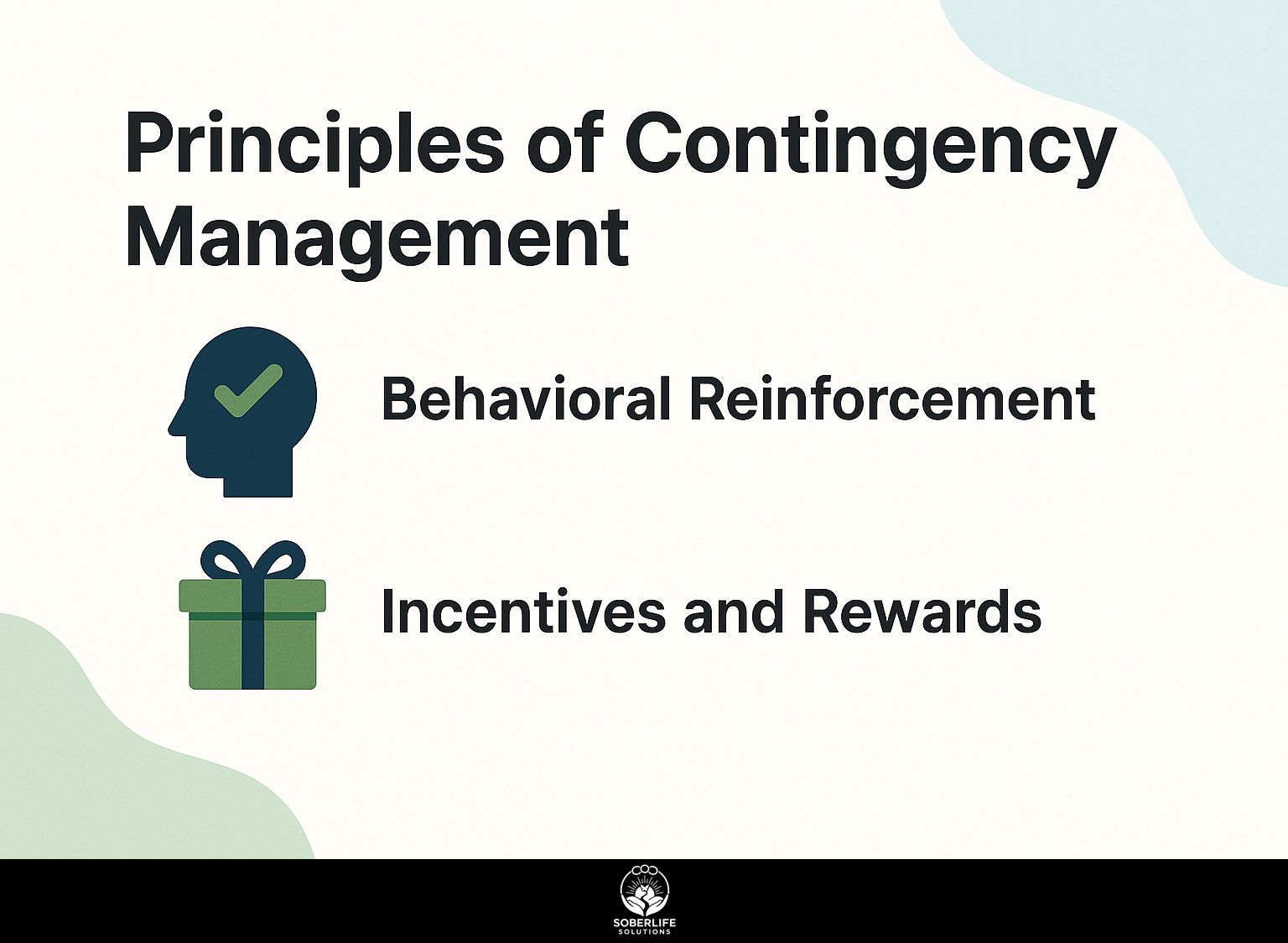
Contingency management relies on behavior reinforcement ideas. It focuses on using rewards to encourage patients to change their behavior positively. As mentioned in our exploration of contingency management techniques, these rewards can be tailored to individual recovery plans, enhancing their effectiveness.
Behavioral Reinforcement
Behavioral reinforcement in CM involves rewarding patients for achieving specific treatment milestones, significantly enhancing their engagement and adherence rates.
For example, milestones could include attending a certain number of therapy sessions, submitting drug tests, or maintaining sobriety for a specified period.
Rewards can vary, from tangible incentives like gift cards to social recognition at group meetings. Programs utilizing these methods often report improved treatment outcomes; studies indicate a 30% higher retention rate among participants.
Monitoring details like how often patients attend sessions or how often they use substances allows providers to change reward strategies in a way that encourages patients and makes them feel driven to achieve their goals.
Incentives and Rewards
Incentives and rewards in contingency management can range from tangible items like gift cards to intrinsic rewards, directly influencing patient attendance and participation.
Programs often tailor incentives based on patient demographics and clinical objectives.
For instance, a weight loss clinic might use structured milestones, rewarding patients with fitness gear or healthy meal vouchers as they meet specific targets.
In contrast, programs aimed at helping people recover from addiction might use rewards like certificates or special events to encourage personal motivation.
Programs in Philadelphia show that clear rewards increase involvement and keep participants interested, resulting in better health outcomes.
Implementation Strategies
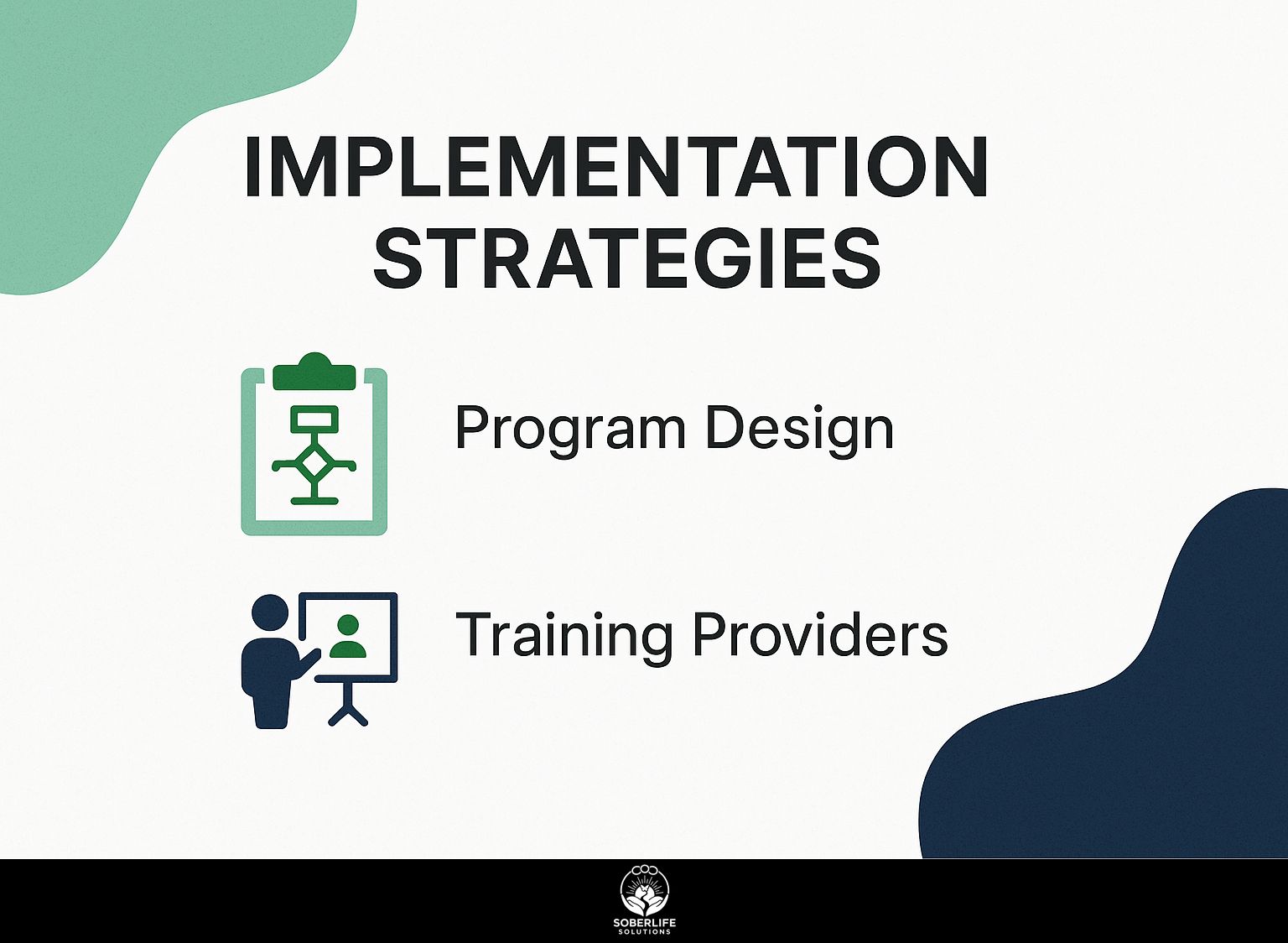
To successfully put into practice contingency management, it is important to carefully plan the program and thoroughly train providers so they can deliver interventions consistently. This approach has significant implications for relapse prevention-our insights into Contingency Management’s effectiveness demonstrate the practical application.
Program Design
A well-designed CM program includes clear goals, a planned schedule, and a way to monitor patient progress and give rewards.
- Start a successful Care Management (CM) program by assessing patient needs using reviews and feedback.
- Tailor goals that are specific, measurable, and achievable, ensuring they align with your facility’s capabilities.
- Develop a timeline that outlines key milestones, including assessment dates and follow-up appointments.
- Implement tracking tools such as electronic health records or dedicated apps, which can facilitate real-time patient data management.
- Establish a rewards system that reinforces positive patient behavior, increasing program engagement and efficacy.
Training Providers
Teaching CM principles to providers is important. Research indicates that trained staff can improve treatment adherence by up to 30% for veterans.
- Running workshops on motivational interviewing and personalized care planning can greatly improve staff skills.
- Facilities like the James A. Haley VA Medical Center have seen improved patient engagement through quarterly training sessions.
- By using regular learning programs, like monthly case studies or online courses, staff can keep up with best practices and new trends.
- By continuously investing in the growth of healthcare providers, facilities improve patient care and create an environment of learning and flexibility within their teams.
Challenges and Barriers
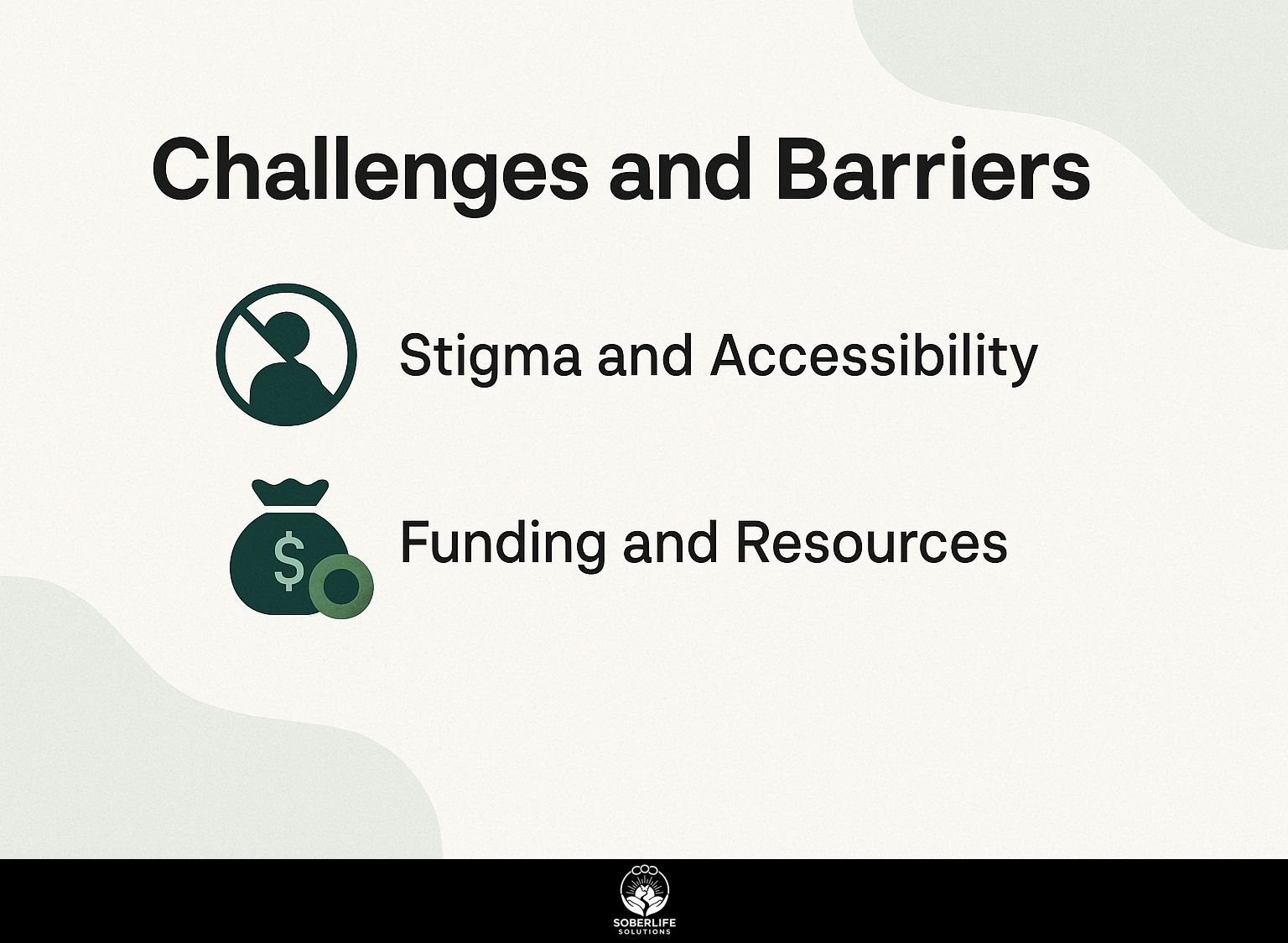
Although it is helpful, putting contingency management into practice for veterans has big problems like stigma, lack of funding, and difficulty in getting access. See also: Behavioral Therapy for AUD: Approaches, Types, and Benefits which can offer additional support and effective strategies.
Stigma and Accessibility
The negative attitudes towards getting help for substance use problems are a big obstacle, especially for veterans worried about looking weak.
Studies show that veterans are 30% less likely to ask for help with substance use problems than civilians. This is mostly because they worry about being judged by their peers and leaders. Feelings of isolation often exacerbate this reluctance.
Programs like Veterans Affairs (VA) support groups help create a more welcoming environment to tackle these obstacles. Utilizing tools such as the VA’s confidential helpline can provide a safe space for initial outreach.
These resources can greatly improve the process of finding treatment and help in recovery.
Funding and Resources
Limited funding and resources hinder the widespread implementation of contingency management programs, impacting their availability in many VA facilities.
For example, the Colorado VA’s successful setup of a backup management program was mainly funded by a state grant, providing thorough training and sufficient staffing.
Conversely, the New Mexico VA struggled with funding cuts, resulting in poorly executed programs with minimal impact on patient outcomes.
Finding particular sources of money, like state and federal grants or local collaborations, can improve how these programs are carried out. Facilities should carefully review their financial situation and find new ways to get funding so that these important services can continue.
Case Studies and Success Stories
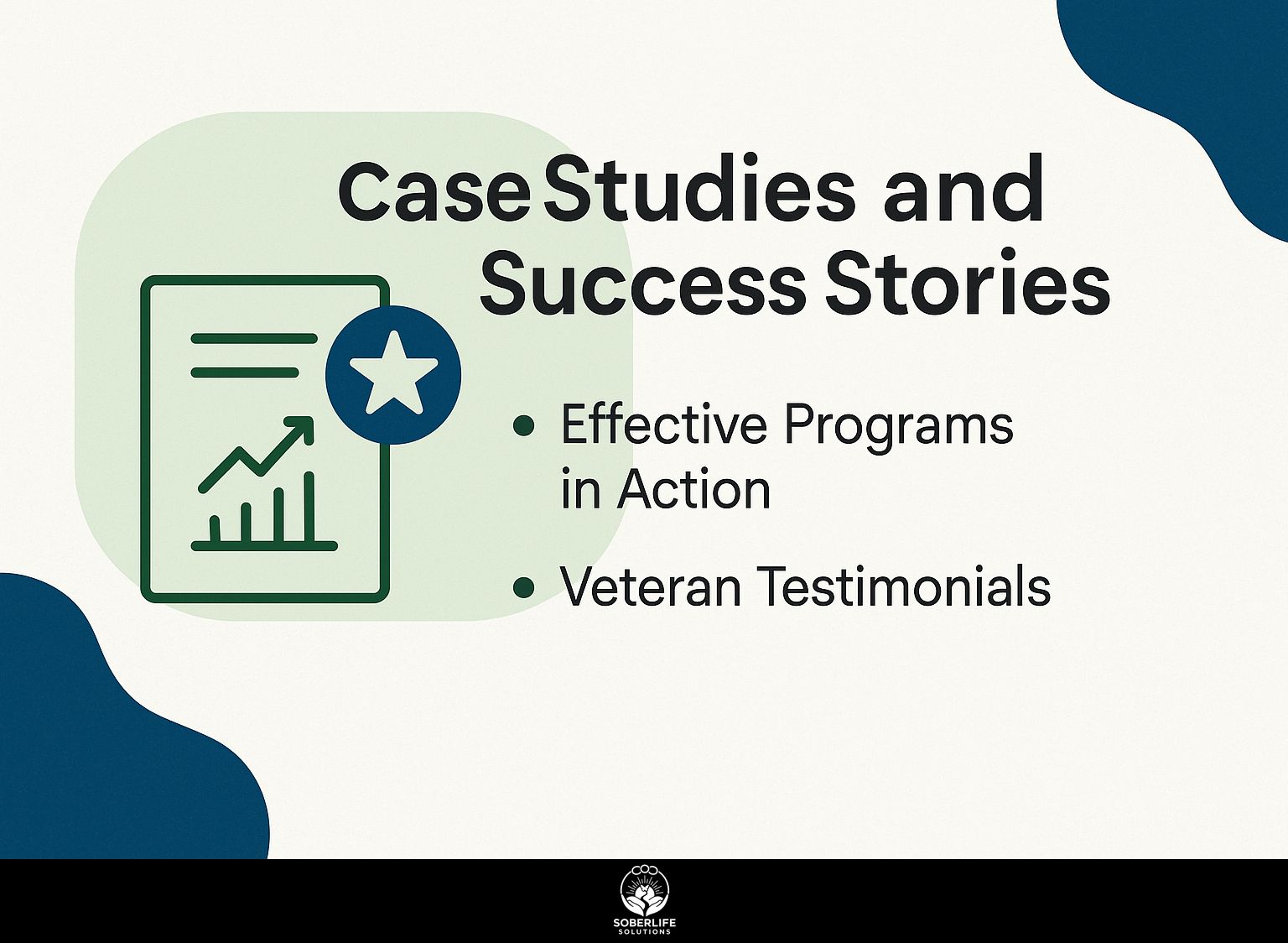
Looking at successful examples can show how well contingency management programs work, highlighting their positive results for veterans.
Effective Programs in Action
Programs like the VA’s CM initiative have reported significant reductions in substance use and improved treatment adherence, exemplifying successful implementation strategies.
The VA has used systems like the Chronic Care Model (CCM) to make care coordination more efficient. For instance, they implemented telehealth services, which increased access to specialists by over 30% in rural areas.
Similarly, the Health Resources and Services Administration (HRSA) introduced collaborative care teams, leading to a 25% increase in patient engagement in follow-up appointments. These methodologies, combined with the use of electronic health records to track patient progress, have yielded improved patient outcomes, including a 15% reduction in hospital readmissions over a year.
Veteran Testimonials
Veterans share their experiences, showing how contingency management has changed their treatment process.
For example, one veteran shared, “Contingency management helped me stay focused on my recovery goals by rewarding my progress. I started with small, achievable milestones like attending weekly meetings.”
This method often uses specific rewards like gift cards for attending treatment sessions, which helps strengthen positive behaviors.
Guidelines from the Substance Abuse and Mental Health Services Administration (SAMHSA) can help veterans understand these programs and encourage them to stay responsible and motivated. Veterans consistently highlight these support systems as critical to their success and sustained commitment to recovery.
Future Directions and Research
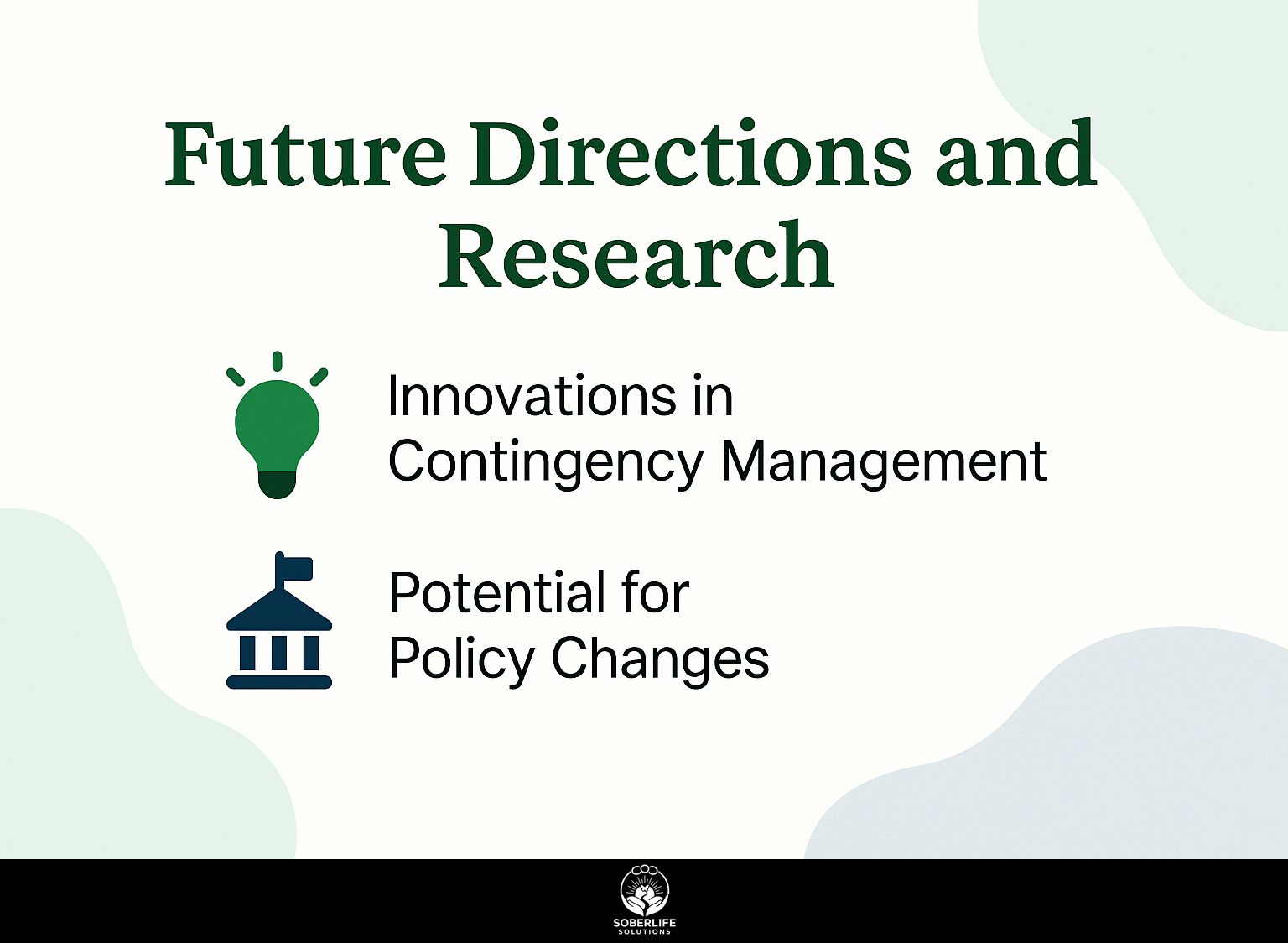
The success of managing unexpected situations in veterans’ healthcare depends on continuous study and possible policy updates to make it work better. Those curious about the effectiveness of interventions might appreciate our analysis on the implementation and effectiveness of brief interventions for AUD.
Innovations in Contingency Management
New developments in managing unexpected situations, like online monitoring tools and remote health services, are set to improve how treatment is given and its results.
For instance, digital apps such as Quit Genius combine help with behavior change and customized feedback, allowing users to see their progress right away.
Telehealth platforms, such as Talkspace, promote access to therapists, reducing barriers to care while maintaining engagement.
Wearable devices can monitor physiological responses and send alerts when intervention may be needed, enabling more responsive care.
By using these technologies, treatment centers can provide customized assistance, concentrating on patients to encourage long-term recovery.
Potential for Policy Changes
Changes in U.S. healthcare policies could significantly increase access to contingency management programs for veterans, leading to better treatment results.
Backing policy changes requires multiple approaches. For instance, efforts might include forming coalitions with veteran organizations to highlight the importance of contingency management (CM) in addiction recovery.
Legislative initiatives could involve sponsoring bills that allocate funds specifically for CM programs in VA facilities. Using data from successful CM case studies can effectively demonstrate potential benefits, persuading lawmakers to support these changes.
Engaging with policymakers at local and national levels, alongside grassroots campaigns, strengthens the movement for improved veteran healthcare access.
Frequently Asked Questions
What is contingency management for veterans with substance use disorder?
Contingency management is a type of behavioral therapy that uses positive reinforcement to encourage desired behaviors, such as abstinence from drug or alcohol use, in veterans with substance use disorder.
How does contingency management work for veterans with substance use disorder?
Contingency management works by providing rewards or incentives for meeting certain goals, such as passing a drug test or attending therapy sessions. These rewards can be in the form of vouchers, prizes, or privileges, and are used to reinforce positive behavior and encourage continued progress towards recovery.
Is contingency management effective for treating substance use disorder in veterans?
Multiple studies have shown that contingency management is an effective treatment for substance use disorder in veterans. It has been found to increase rates of abstinence and improve overall treatment outcomes.
What types of incentives are typically used in contingency management for veterans with substance use disorder?
Incentives used in contingency management can vary, but commonly include vouchers for goods or services, such as gas cards or groceries, or privileges, such as increased visitation with family or special activities.
Are there any potential drawbacks or limitations to using contingency management for veterans with substance use disorder?
Some potential drawbacks of contingency management include the cost of providing incentives, the need for consistent monitoring and follow-up, and the potential for clients to become overly focused on the rewards rather than their recovery. These limitations should be taken into consideration when implementing this type of treatment.
Can contingency management be used in combination with other treatments for substance use disorder in veterans?
Yes, contingency management can be used along with other treatments, such as medication-based therapy, personal or group therapy, and support groups. It is commonly included in a complete treatment plan for veterans with substance abuse issues.

